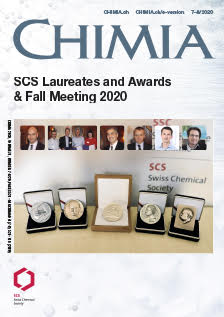Arsenic and Other Geogenic Contaminants in Groundwater – A Global Challenge
DOI:
https://doi.org/10.2533/chimia.2020.524PMID:
32778205Keywords:
Arsenic, Fluoride, Geogenic contamination, GroundwaterAbstract
Groundwater is a much safer and more dependable source of drinking water than surface water. However, natural (geogenic) hazardous elements can contaminate groundwater and lead to severe health problems in consumers. Arsenic concentrations exceeding the WHO drinking water guideline of 10 ?g/L globally affect over 220 million people and can cause arsenicosis (skin lesions and cancers). Fluoride, while preventing caries at low concentrations, has detrimental effects when above the WHO drinking water guideline of 1.5 mg/L and puts several hundred million people at risk of dental and skeletal fluorosis. In this article, we report on the geochemistry and occurrence of arsenic and fluoride in groundwater and on the development of global and regional risk maps that help alert governments and water providers to take appropriate mitigation measures for the provision of safe drinking water. We then summarize research on the removal of arsenic and fluoride from drinking water, focusing on adapted technologies for water treatment. Finally, we discuss the applicability of various measures in a larger context and future challenges in reaching the goal of access to safe drinking water for all.Downloads
Published
2020-08-12
Issue
Section
Scientific Articles
License
Copyright (c) 2020 Stephan J. Hug, Lenny H. E. Winkel, Andreas Voegelin, Michael Berg, Annette C. Johnson

This work is licensed under a Creative Commons Attribution-NonCommercial 4.0 International License.
How to Cite
[1]
S. J. Hug, L. H. E. Winkel, A. Voegelin, M. Berg, A. C. Johnson, Chimia 2020, 74, 524, DOI: 10.2533/chimia.2020.524.







